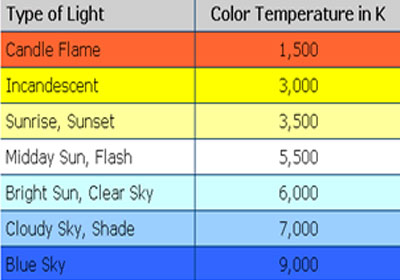Analog cameras still holds 70% to 80% of the market share, while network cameras have matured in features, performance and technology. Analog providers are mainly focused on providing an easy upgrade option for existing customers through standards like 960H, HDCVI, ccHDtv, HD-MDI, ect. Secutech 2014 will feature all the latest and greatest HD CCTV products.
Summary
Analog cameras still holds 70% to 80% of the market share, while network cameras have matured in features, performance and technology. Analog providers are mainly focused on providing an easy upgrade option for existing customers through standards like 960H, HDCVI, ccHDtv, HD-MDI, etc. Secutech 2014 will feature all the latest and greatest HD Analog products.
Analog technology has gradually improved for almost 30 years. In addition to the tried-and-tested CCD and DSP components, chipmakers like Aptina, Pixelplus, OmniVision, Sony, Fullhan and Nextchip have invested heavily in developing HD imaging technologies. Korean and Taiwanese camera manufacturers have also worked hard to become the main providers of HD solutions.
While traditional analog cameras were mainly powered by CCD image sensors and DSPs, the new generation of HD cameras swop out CCD image sensors for CMOS to improve ISO, resolution, noise processing, energy efficiency and such. Taking advantage of CMOS sensors, HD cameras are now capable of more than 700TVL.
Furthermore, analog cameras often use backend IC for additional image processing to enhance raw video signals captured by the image sensors. While each chipmaker takes a different approach, they all have three common enhancements, namely auto white balance (AWB), auto exposure (AE) and auto focus (AF)—also known as the 3A algorithm.
AWB is used to correct color distortion that is caused by changes in color temperature. For example, image sensors capture a yellow hue at dusk due to a lower color temperature, while images appear to have a blue tint in daylight because of a higher color temperature. Using these algorithms, analog cameras not only capture better images in low-light environments, but also provide better color reproduction and compensate color cast.
For detailed information on resolution, low-light and WDR imaging, 2D/3D noise reduction, OSD and other HD characteristics, please register for Secutech 2014
Chart-1 Type of light by color temperature.
